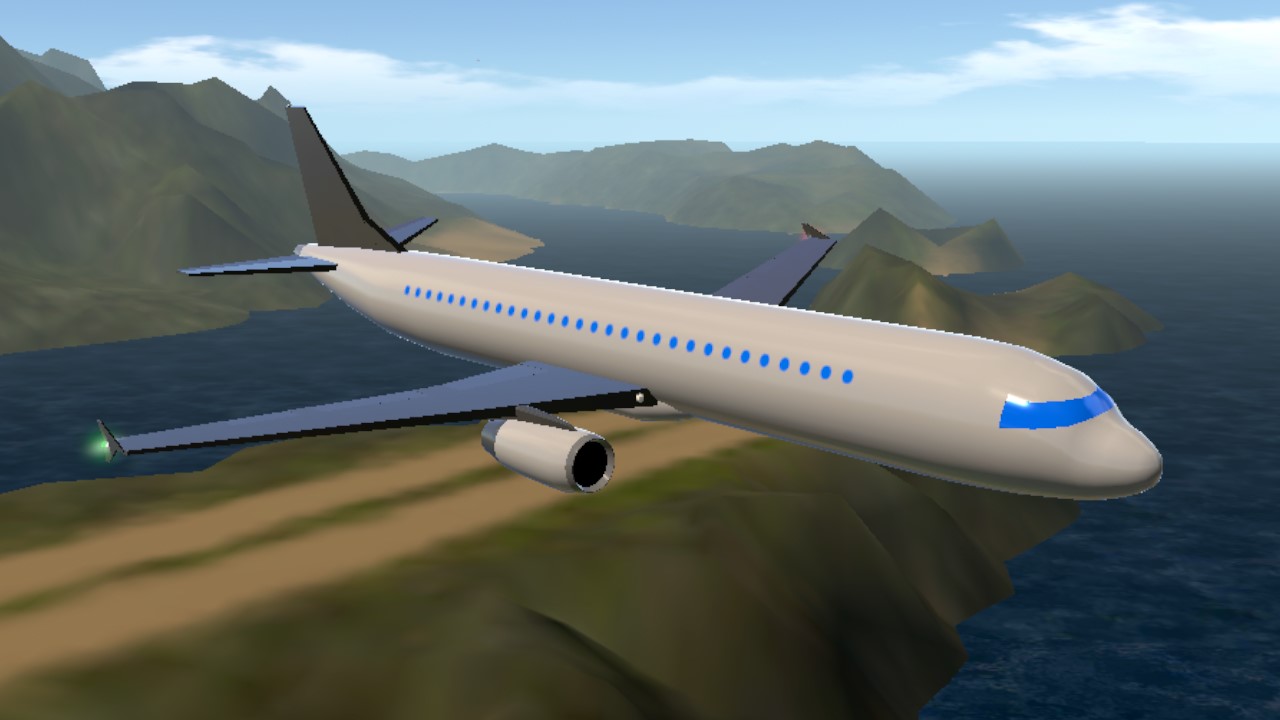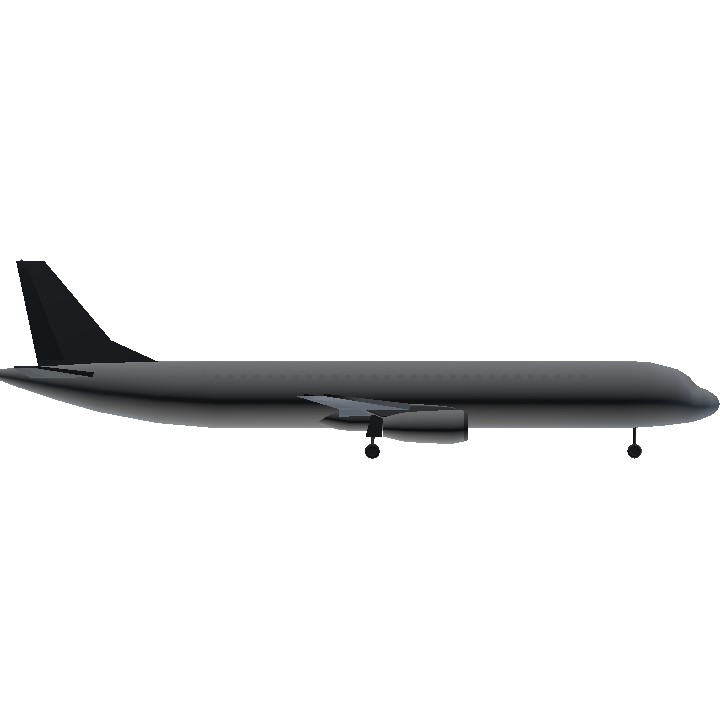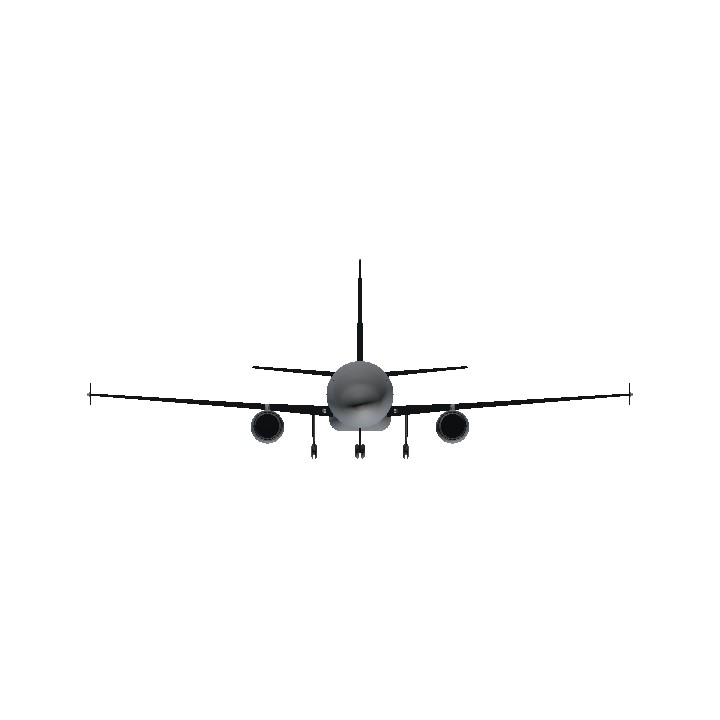Aircraft
A simple yet realistic aircraft!
The Airbus A321 is a member of the Airbus A320 family of short to medium range, narrow-body, commercial passenger twin engine jet airliners;[b] it carries 185 to 236 passengers. It has a stretched fuselage which was the first derivative of the baseline A320 and entered service in 1994, about six years after the original A320. The aircraft shares a common type rating with all other Airbus A320-family variants, allowing A320-family pilots to fly the aircraft without the need for further training.
In December 2010, Airbus announced a new generation of the A320 family, the A320neo (new engine option).[2] The similarly lengthened fuselage A321neo variant offers new, more efficient engines, combined with airframe improvements and the addition of winglets (called Sharklets by Airbus). The aircraft delivers fuel savings of up to 15%. The A321neo carries up to 244 passengers, with a maximum range of 4,000 nmi (7,400 km; 4,600 mi) for the long-range version when carrying no more than 206 passengers.[3]

Final assembly of the aircraft takes place in Hamburg, Germany, Mobile, Alabama, United States, Tianjin, China,[4] and Toulouse, France.[5] As of November 2024, a total of 3,338 A321 airliners have been delivered, of which 3,259 are in service. In addition, another 5,240 A321neo aircraft are on firm order. American Airlines is the largest operator of the Airbus A321 with 300 examples in its fleet.[1]
Design
The Airbus A321 is a narrow-body (single-aisle) aircraft with a retractable tricycle landing gear, powered by two wing pylon-mounted turbofan engines. It is a low-wing cantilever monoplane with a conventional tail unit having a single vertical stabilizer and rudder. Changes from the A320 include a fuselage stretch and some modifications to the wing. The fuselage was lengthened by a 4.27 m (14 ft 0 in) plug ahead of the wing and a 2.67 m (8 ft 9 in) plug behind it, making the A321 6.94 m (22 ft 9 in) longer than the A320.[3][13][6][15] The length increase required the overwing window exits of the A320 to be converted into door exits and repositioned in front of and behind the wings.[9] To maintain performance, double-slotted flaps and minor trailing edge modifications were included,[6] increasing the wing area from 124 m2 (1,330 sq ft) to 128 m2 (1,380 sq ft).[16] The centre fuselage and undercarriage were reinforced to accommodate a 9,600 kg (21,200 lb) increase in maximum takeoff weight, taking it to 83,000 kg (183,000 lb).[6]

Specifications
General Characteristics
- Successors 1 airplane(s) +7 bonus
- Created On Android
- Wingspan 79.8ft (24.3m)
- Length 105.4ft (32.1m)
- Height 29.5ft (9.0m)
- Empty Weight 33,515lbs (15,202kg)
- Loaded Weight 41,580lbs (18,860kg)
Performance
- Power/Weight Ratio 0.972
- Wing Loading 40.3lbs/ft2 (196.9kg/m2)
- Wing Area 1,031.0ft2 (95.8m2)
- Drag Points 16066
Parts
- Number of Parts 97
- Control Surfaces 11
- Performance Cost 531






